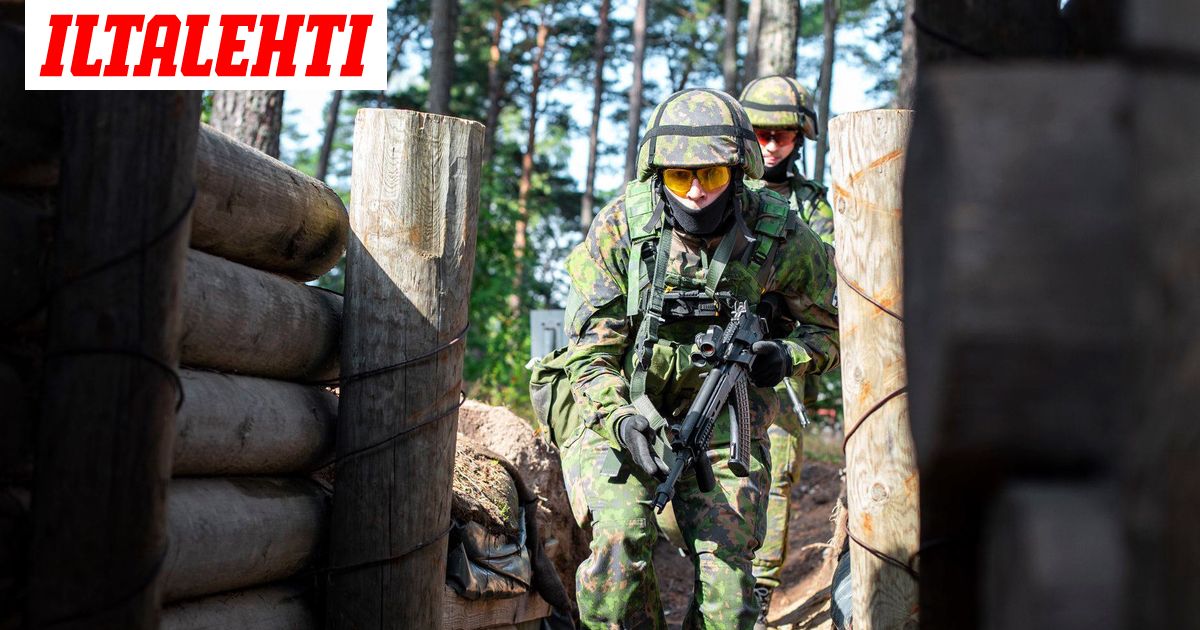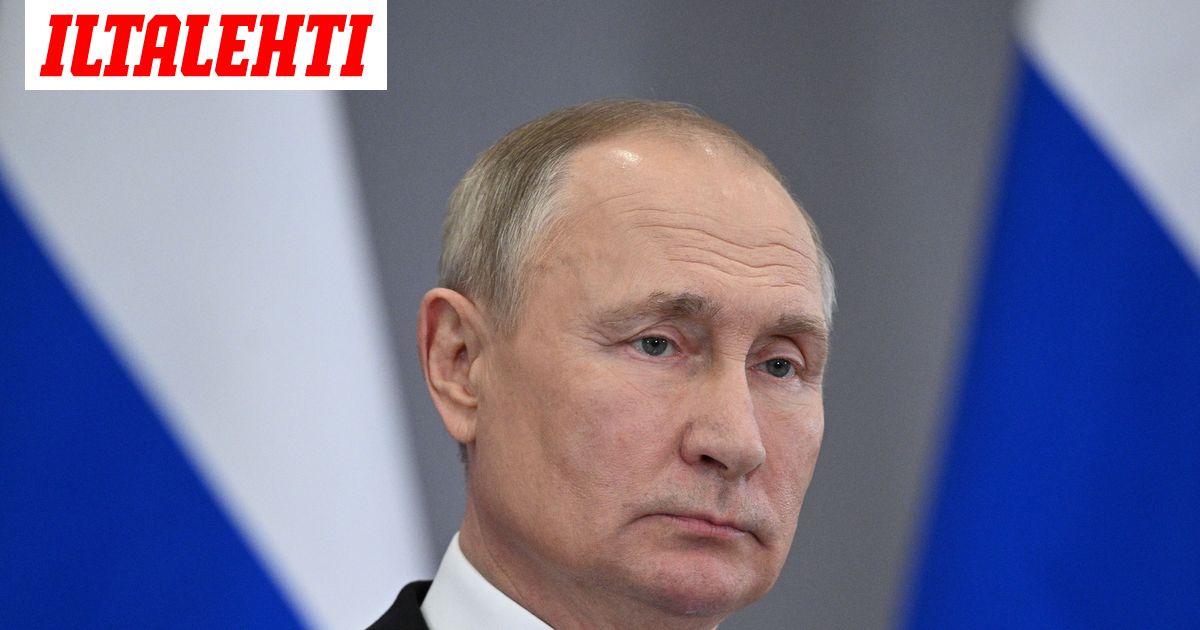Antares
Respected Leader
Olen pitänyt kirjaa Military Balance julkaisuista ja heidän mukaansa MiG-29 koneita olisi 70 kpl (tosin tämä määrä on pysynyt sama vuodesta 2016 lähtien). Toki heidän julkaisu ei ole mikään Raamattu eikä sinänsä voi olla varma, kuinka luotettavia heidän numeronsa ovat - varsinkin näiden vanhempien koneiden osalta. Jos oletetaan että tuo pitäisi paikkansa, sopii myös kysyä, moniko näistä koneista on edelleen lentokunnossa, puhumattakaan sodankäyntiin sopivia.
Uudempien osalta helppo uskoa heidän numerot, koska nämä tiedetään muistakin lähteistä (toki oletan että "varastosta otetut" koneet olisivat näitä vanhoja Neuvostoliiton aikaisia).
Näiden lisäksi he listaavat 15 kpl MiG-29SMT ja 2 kpl MiG-29UBT koneita (vielä 2019 näitä listattiin 44 kpl ja 6 kpl) jotka jäivät heidän käsiinsä vuonna 2009, kun Algerian kaupat peruuntuivat. Algerialta jääneiden koneiden lisäksi valmistivat lisää vuosina 2015 ja 2016.
Nuo siis ilmavoimilla, Naval Aviation joukoille listataan 19 kpl MiG-29K ja 3 kpl MiG-29KUBR koneita jotka valmistettiin aikavälillä 2013-2015.
MUOKKAUS: jos kiinnostaa, niin minun laatimat taulukot löytyvät tästä viestistä: LINKKI
Ei ole koko taulukko, se on liian suuri mutta tässä viestissä kerrottu asia löytyy.
Tämä liittyy sivupolkua pitkin Ukrainan sotaan, koska kyse on tuoreehkoista MiG-29K hävittäjistä, mutta Intian käytössä. He menettivät vajaa viikko sitten viidennen koneen onnettomuuden seurauksena. Laitan artikkelin spoilerin taakse (venäläisen bmpd-blogin artikkelin Google Translate -käännös): LÄHDE
MiG-29K fighter jet crashed again in India
The official representative of the Indian Navy said that on the morning of October 12, 2022, a Russian-made MiG-29K naval fighter of the Indian Naval Aviation crashed near Goa in the sea. The aircraft was returning to the Indian Naval Air Base Ganza (Dabolim) near Goa from a scheduled training flight, but due to a technical malfunction, it crashed into the sea. The pilot successfully ejected and was picked up by the search and rescue service.
This is the fifth loss of the MiG-29K series fighter aircraft of the Indian Navy.
The first loss of an aircraft of this type in the aviation of the Indian Navy occurred on January 3, 2018, when the Indian MiG-29K crashed during takeoff at the Hansa airbase, the pilot successfully ejected.
On November 16, 2019, shortly after takeoff from the Hansa air base, a MiG-29KUB two-seat ship fighter crashed, both Indian pilots successfully ejected. The cause of the accident was the collision of the aircraft with a flock of birds, with birds getting into the engine and subsequent fire.
On February 23, 2020, during a training flight from the Hansa airbase, a single-seat MiG-29K fighter crashed over the sea, the pilot successfully ejected.
On November 26, 2020, a two-seat MiG-29KUB fighter crashed in the Arabian Sea during flights from the Indian aircraft carrier R 33 Vikramaditya. One of the pilots of the aircraft ejected and was rescued, and the second (instructor commander Nishant Singh) died.
In total, under the contracts of 2004 and 2010, the Indian Navy received 45 MiG-29K and MiG-29KUB (9-41 and 9-47) shipborne fighters manufactured by RAC MIG JSC, the deliveries of which were made from 2009 to 2016. These aircraft consist in service with the 300th and 303rd Indian Naval Aviation Squadrons at Ganza Air Base (Dabolim) in Goa.
From the side of bmpd, we note that there has been an obvious increase in the accident rate of MiG-29K / KUB fighters in recent years against the backdrop of ongoing systemic complaints from the Indian side about quality problems and technical support for both the aircraft themselves and their engines. Since the beginning of the MiG-29K's entry into service with the Indian Navy, the serviceability of their fleet has not exceeded half. RAC "MIG" for years has shown a strange indifference and lack of energy and competence in relation to the main current operator of its aircraft. Obviously, against the backdrop of what is happening in Ukraine, this does not improve the reputation of Russian military equipment in the eyes of Indian partners, despite their desire to continue military-technical cooperation with Russia.
The official representative of the Indian Navy said that on the morning of October 12, 2022, a Russian-made MiG-29K naval fighter of the Indian Naval Aviation crashed near Goa in the sea. The aircraft was returning to the Indian Naval Air Base Ganza (Dabolim) near Goa from a scheduled training flight, but due to a technical malfunction, it crashed into the sea. The pilot successfully ejected and was picked up by the search and rescue service.
This is the fifth loss of the MiG-29K series fighter aircraft of the Indian Navy.
The first loss of an aircraft of this type in the aviation of the Indian Navy occurred on January 3, 2018, when the Indian MiG-29K crashed during takeoff at the Hansa airbase, the pilot successfully ejected.
On November 16, 2019, shortly after takeoff from the Hansa air base, a MiG-29KUB two-seat ship fighter crashed, both Indian pilots successfully ejected. The cause of the accident was the collision of the aircraft with a flock of birds, with birds getting into the engine and subsequent fire.
On February 23, 2020, during a training flight from the Hansa airbase, a single-seat MiG-29K fighter crashed over the sea, the pilot successfully ejected.
On November 26, 2020, a two-seat MiG-29KUB fighter crashed in the Arabian Sea during flights from the Indian aircraft carrier R 33 Vikramaditya. One of the pilots of the aircraft ejected and was rescued, and the second (instructor commander Nishant Singh) died.
In total, under the contracts of 2004 and 2010, the Indian Navy received 45 MiG-29K and MiG-29KUB (9-41 and 9-47) shipborne fighters manufactured by RAC MIG JSC, the deliveries of which were made from 2009 to 2016. These aircraft consist in service with the 300th and 303rd Indian Naval Aviation Squadrons at Ganza Air Base (Dabolim) in Goa.
From the side of bmpd, we note that there has been an obvious increase in the accident rate of MiG-29K / KUB fighters in recent years against the backdrop of ongoing systemic complaints from the Indian side about quality problems and technical support for both the aircraft themselves and their engines. Since the beginning of the MiG-29K's entry into service with the Indian Navy, the serviceability of their fleet has not exceeded half. RAC "MIG" for years has shown a strange indifference and lack of energy and competence in relation to the main current operator of its aircraft. Obviously, against the backdrop of what is happening in Ukraine, this does not improve the reputation of Russian military equipment in the eyes of Indian partners, despite their desire to continue military-technical cooperation with Russia.
Lyhyt tiivistys mielestäni oleellisista kohdista:
- tilaukset tehtiin vuosina 2004 ja 2010
- Intian merivoimat hankkivat 45 kpl MiG-29K ja MiG-29KUB hävittäjiä
- koneet toimitettiin aikavälillä 2009 - 2016
- viime vuosina ollut suuri määrä valituksia laatuongelmista ja teknisestä tuesta sekä koneiden itsensä että niiden suihkumoottorien osalta
- koneiden vastaanottamisesta alkaen niistä enintään puolet on ollut käyttökelpoisessa kunnossa mihin tahansa aikaan (tulkitsen näin tuon kohdan "the serviceability of their fleet has not exceeded half")
- viisi konetta menetetty eri onnettomuuksissa: 1) tammikuu 2018, 2) marraskuu 2019, 3) helmikuu 2020, 4) marraskuu 2020, 5) lokakuu 2022
- bmpd-blogin arvion mukaan MiG-yhtiö on osoittanut jo vuosien ajan outoa välinpitämättömyyttä ja kyvyttömyyttä huolehtia tärkeimmän asiakkaansa ("the main current operator of its aircraft") tarpeista
MiG-yhtiö on ollut jo pitkään vaikeuksissa eikä ole merkkejä siitä että Venäjä tulisi ostamaan MiG-35 koneita enempää kuin ostamansa 8 kpl (nämäkin enemmän esittelykäyttöön). On hyvin mahdollista että yhtiö tulee menemään konkurssiin ja sulautumaan Sukhoin kanssa. Ei ole näköpiirissä uusia isoja asiakkaita, vaikka erilaisia huhuja on levitetty mm. Egyptin osalta.
Tuosta voi pohtia, mikä on Venäjän käytössä olevien 2000-luvulla valmistettujen MiG-29 koneiden sekä Neuvostoliiton perintönä saatujen "varastoitujen" yli 30 vuotta vanhojen koneiden kunto sekä tämän yhtiön kyky huoltaa niitä (erityisesti sota-aikana).
Viimeksi muokattu:








